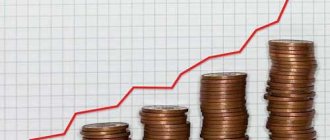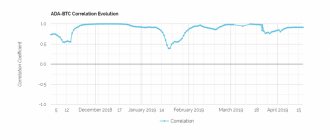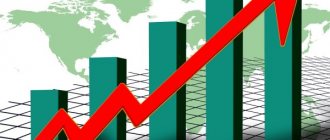The economy of any country, even the most developed one, is not static. Its indicators are constantly changing. An economic downturn gives way to recovery, a crisis gives way to peak growth values. The cyclical nature of development is characteristic of the market type of management. Changes in the level of employment affect the purchasing power of consumers, which in turn leads to a decrease or increase in the price of products. And this is just one example of the relationship between indicators. Since today most countries are capitalist, economic concepts such as recession and recovery are suitable for describing and developing the world economy.
History of the study of business cycles
If you plot the GDP curve of any country, you will notice that the growth of this indicator is not constant. Each economic cycle consists of a period of decline in social production and its rise. However, its duration is not clearly defined. Fluctuations in business activity are poorly predictable and irregular. However, there are several concepts that explain the cyclical development of the economy and the time frame of these processes. Jean Sismondi was the first to draw attention to periodic crises. The "classics" denied the existence of cycles. They often associated the period of economic decline with external factors, such as war. Sismondi drew attention to the so-called “panic of 1825,” the first international crisis that occurred in peacetime. Robert Owen came to similar conclusions. He believed that economic decline occurs due to overproduction and underconsumption due to inequality in income distribution. Owen advocated government intervention and a socialist way of farming. The periodic crises characteristic of capitalism became the basis of the work of Karl Marx, who called for communist revolution.
Unemployment, economic recession and the role of government in solving these problems are the subject of study by John Maynard Keynes and his followers. It was this economic school that systematized ideas about crises and proposed the first consistent steps to eliminate their negative consequences. Keynes even tested them in practice in the United States during the Great Depression of 1930-1933.











